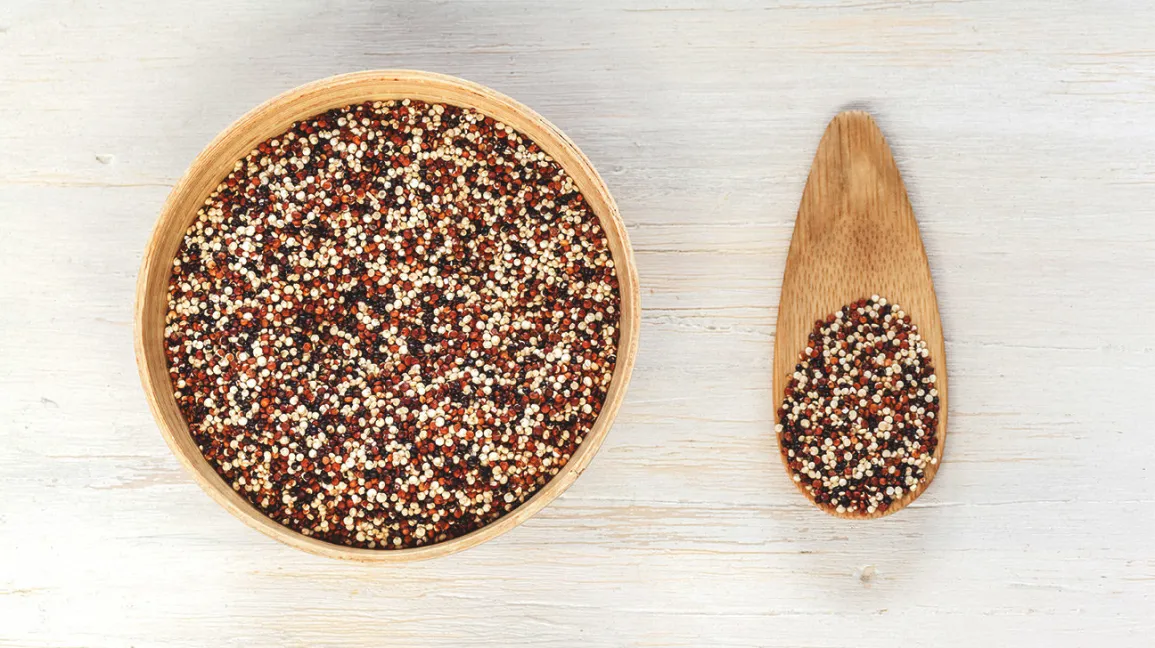In many cultures around the world, rice is a staple food that forms the basis of numerous dishes. However, with the growing emphasis on healthier eating habits and dietary diversity, people are increasingly seeking alternatives to rice that offer similar versatility and nutritional benefits. Whether you’re looking to reduce your carbohydrate intake, explore different flavors, or accommodate dietary restrictions, there are plenty of options to consider. In this comprehensive guide, we’ll delve into various alternatives to rice, exploring their nutritional profiles, culinary uses, and potential health benefits.
Table of Contents
ToggleWhy Seek Alternatives to Rice?

While rice is a popular and convenient choice for many meals, there are several reasons why you might want to explore alternatives:
- Dietary Diversity: Incorporating a variety of foods into your diet ensures that you receive a wide range of nutrients, promoting overall health and well-being.
- Lower Carbohydrate Intake: Some individuals may be looking to reduce their carbohydrate intake for weight management or health reasons. Exploring alternatives to rice can help achieve this goal.
- Allergies and Dietary Restrictions: Rice allergies or intolerances are relatively uncommon, but for those who have them or follow specific dietary protocols such as a grain-free or paleo diet, alternatives to rice can be essential.
- Flavor and Texture Variation: Experimenting with different grains and seeds can add excitement to your meals, offering unique flavors, textures, and culinary experiences.
Nutritional Comparison of Rice Alternatives
Before diving into specific alternatives, let’s compare the nutritional profiles of rice and some common substitutes:
Brown Rice (1 cup cooked):
- Calories: 216
- Carbohydrates: 45 grams
- Fiber: 3.5 grams
- Protein: 5 grams
- Fat: 1.8 grams
Cauliflower Rice (1 cup, raw):
- Calories: 25
- Carbohydrates: 5 grams
- Fiber: 2 grams
- Protein: 2 grams
- Fat: 0.3 grams
Quinoa (1 cup cooked):
- Calories: 222
- Carbohydrates: 39 grams
- Fiber: 5 grams
- Protein: 8 grams
- Fat: 4 grams
Millet (1 cup cooked):
- Calories: 207
- Carbohydrates: 41 grams
- Fiber: 2.3 grams
- Protein: 6 grams
- Fat: 1.7 grams
Buckwheat (1 cup cooked):
- Calories: 155
- Carbohydrates: 33 grams
- Fiber: 4.5 grams
- Protein: 6 grams
- Fat: 1 gram
Exploring Alternative Grains and Seeds
- Quinoa: Often referred to as a superfood, quinoa is a complete protein source and an excellent alternative to rice. It has a nutty flavor and a slightly chewy texture, making it a versatile ingredient in salads, soups, and pilafs.
- Cauliflower Rice: Made by pulsing cauliflower florets in a food processor, cauliflower rice is a low-carb, low-calorie alternative to traditional rice. It’s neutral in flavor and can be seasoned or flavored to suit various dishes.
- Millet: With its mild flavor and fluffy texture, millet is a gluten-free grain that cooks quickly and pairs well with both sweet and savory ingredients. It’s commonly used in porridge, pilafs, and baked goods.
- Buckwheat: Despite its name, buckwheat is not related to wheat and is gluten-free. It has a rich, earthy flavor and a slightly chewy texture, making it suitable for dishes like porridge, stir-fries, and salads.
- Wild Rice: Although technically not a type of rice, wild rice is often used as a rice alternative due to its similar appearance and texture. It has a nutty flavor and a chewy texture, adding depth to soups, salads, and casseroles.
Incorporating Rice Alternatives into Your Meals
Now that we’ve explored various alternatives to rice let’s discuss how you can incorporate them into your meals:
- Stir-Fries and Grain Bowls: Substitute rice with cauliflower rice, quinoa, or buckwheat in stir-fries and grain bowls for a nutritious twist on classic dishes.
- Salads: Add cooked quinoa, millet, or wild rice to salads for extra protein, fiber, and texture.
- Soups and Stews: Replace rice with cauliflower rice or quinoa in soups and stews for a lighter, more nutrient-dense option.
- Side Dishes: Serve cooked millet or buckwheat as a flavorful side dish alongside grilled vegetables, roasted meats, or tofu.
- Baking: Experiment with alternative flours such as quinoa flour or buckwheat flour in baking recipes to create gluten-free bread, muffins, and pancakes.
Potential Health Benefits of Rice Alternatives
- Increased Nutrient Intake: Rice alternatives like quinoa, millet, and buckwheat are rich in essential nutrients such as protein, fiber, vitamins, and minerals, contributing to overall health and well-being.
- Balanced Blood Sugar Levels: Unlike refined white rice, many rice alternatives have a lower glycemic index, which can help stabilize blood sugar levels and reduce the risk of insulin resistance and type 2 diabetes.
- Improved Digestive Health: The fiber content in rice alternatives promotes healthy digestion and may reduce the risk of constipation, bloating, and other digestive issues.
- Weight Management: Choosing lower-calorie, nutrient-dense alternatives like cauliflower rice can support weight management goals by reducing overall calorie intake while providing essential nutrients.
Exploring alternatives to rice can enhance the nutritional diversity of your diet while offering a range of flavors, textures, and health benefits. Whether you’re looking to reduce your carbohydrate intake, accommodate dietary restrictions, or simply add excitement to your meals, the options are plentiful. Experiment with different grains, seeds, and vegetables to discover new culinary delights and nourish your body with wholesome, nutritious ingredients. By incorporating rice alternatives into your meals, you can embark on a journey of culinary exploration and improved health and well-being.


